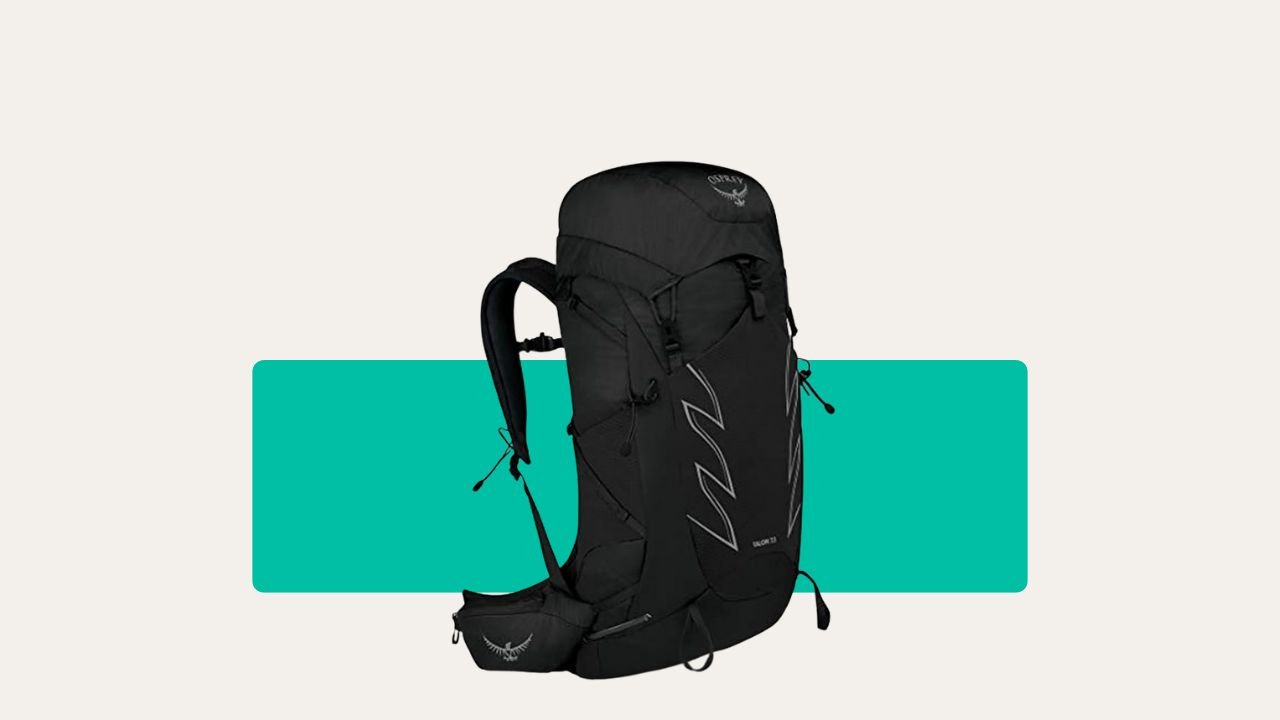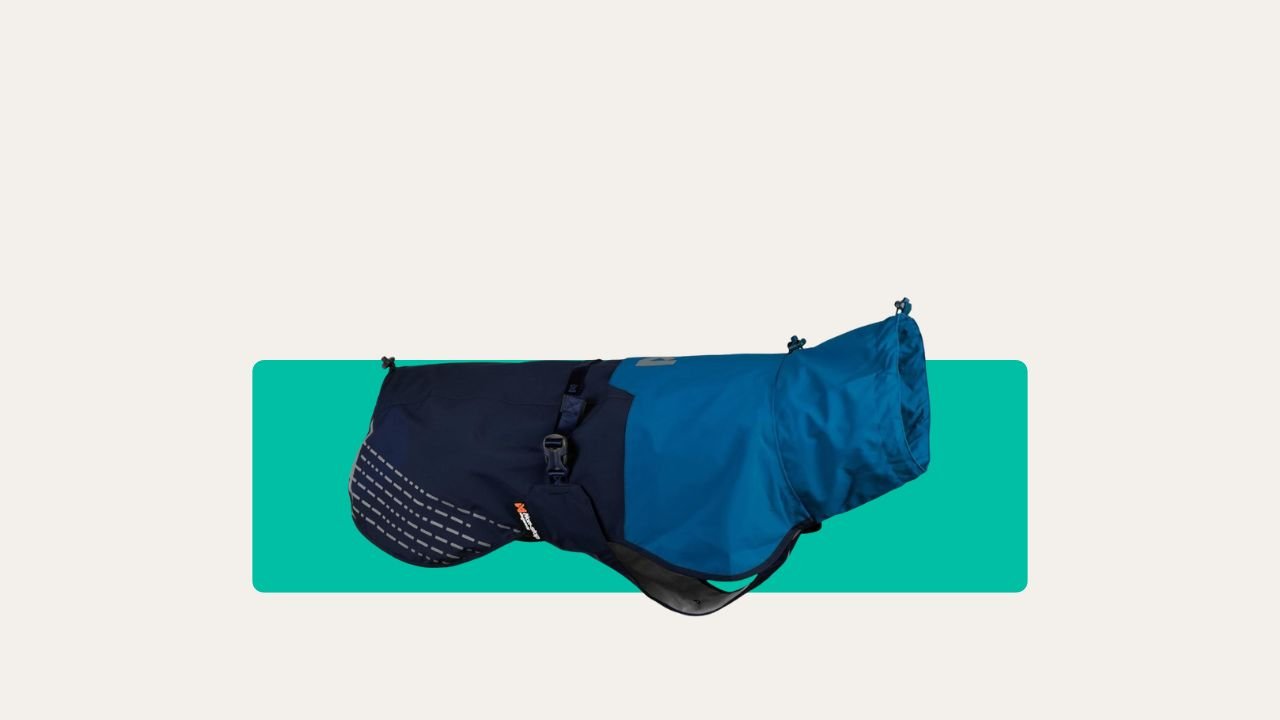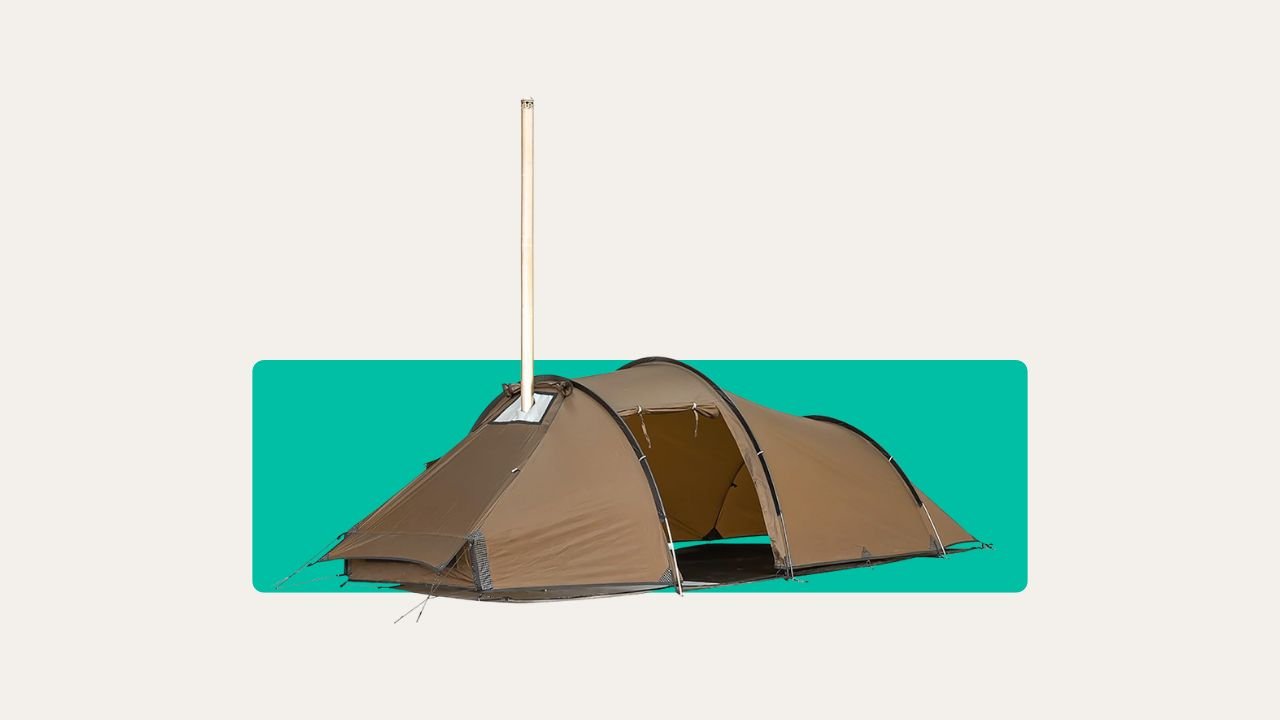Let me tell you – nothing tests your patience like watching your phone die just as the rain sets in and your torch flickers its final goodbye. I used to think a couple of small power banks and the car socket would see me through a weekend away. Then came a wet, foggy trip in the Lake District that changed my mind completely. Since then, I don’t pack a bag without a proper power pack.
The truth is, reliable power isn’t just about comfort – it’s about keeping your lights on, your GPS alive, and your sanity intact when the skies open up (again). UK campsites can be unpredictable, with little to no access to electricity.
Whether you're wild camping or just fed up with queueing for a socket in the toilet block, a good camping power pack is worth every penny. And in this guide, I’ll show you exactly which ones are up to the challenge.
A Quick Comparison of the Best Camping Power Packs UK

EcoFlow Delta 3
Capacity: 1024Wh (expandable to 5kWh)
Output Power: 1800W (3600W surge / 2400W X-Boost)
Weight: 12.5kg
Best For: Most campers – all-in-one flexibility
Key Features: Ultra-fast charging, super quiet, 4 AC sockets, top-tier display
Main Drawback: Honestly, none worth noting

Goal Zero Yeti 700
Capacity: 677Wh
Output Power: Up to 600W
Weight: Midweight
Best For: Solo or duo campers needing weatherproof gear
Key Features: Excellent build, real-world capacity, rugged with sealed ports
Main Drawback: Lower power output, no larger version
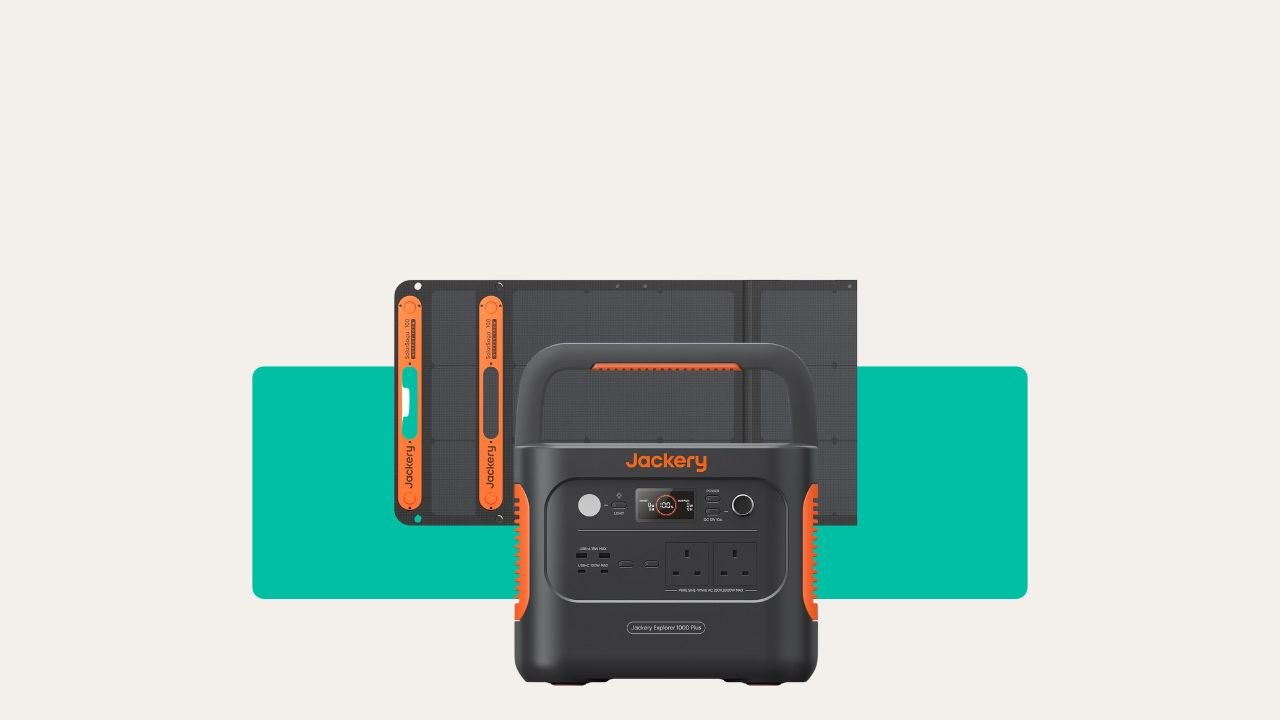
Jackery 1000 Plus
Capacity: 1264Wh (expandable to 5kWh)
Output Power: 2000W (4000W surge)
Weight: 14.5kg
Best For: High-draw appliances & van setups
Key Features: Solar ready, great surge power, rugged design
Main Drawback: Only 2 AC outlets
Best Camping Power Packs UK: A Detailed Review
By now, you should know a decent power pack isn’t a luxury – it’s essential. But not every chunky battery box is worth lugging around. Below are the top power stations I’ve tested or trust enough to recommend, especially for UK campers who want serious off-grid power without faffing around with unreliable kit.
1. AllPowers R1500

Specifications:
- Battery Capacity: 1152Wh (expandable to 4608Wh)
- Output Power: 1800W (3000W surge)
- Battery Type: LiFePO₄ (LFP)
- Weight: 16.7kg
- Size: 413 x 312 x 265 mm
- AC Outlets: 4 UK sockets
- Extras: Dual 15W wireless chargers, USB-C (200W), USB-A ports
- Recharging: 1500W AC / 650W solar input
The AllPowers R1500 might not have the name recognition of some bigger brands, but in terms of value, it’s a real gem. I’ve used this for both home backup and off-grid weekend trips, and it’s handled everything I threw at it. Think of lights, laptops, mini fridges, even a cheeky toastie maker.
What I like most is that it’s powerful but not overkill. With 1800W output and multiple AC outlets, you can run several bits of gear without tripping anything. The battery is expandable too, which is brilliant if you’re heading on a longer trip or going fully off-grid.
Sure, it’s not feather-light at 16.7kg, but that’s the trade-off for serious power. The display is clear, the cooling is quiet, and the recharge time is fast enough to keep up with you. Plus, it has actual wireless charging pads, which is a small thing that ends up being surprisingly useful.
Pros
- Seriously good value
- Can power multiple devices, including bigger appliances
- Expandable battery capacity
- Fast and flexible charging options
- Handy wireless charging pads
Cons
- A bit heavy for regular moving
- Build and interface aren’t as refined as pricier brands
2. Bluetti Elite V2
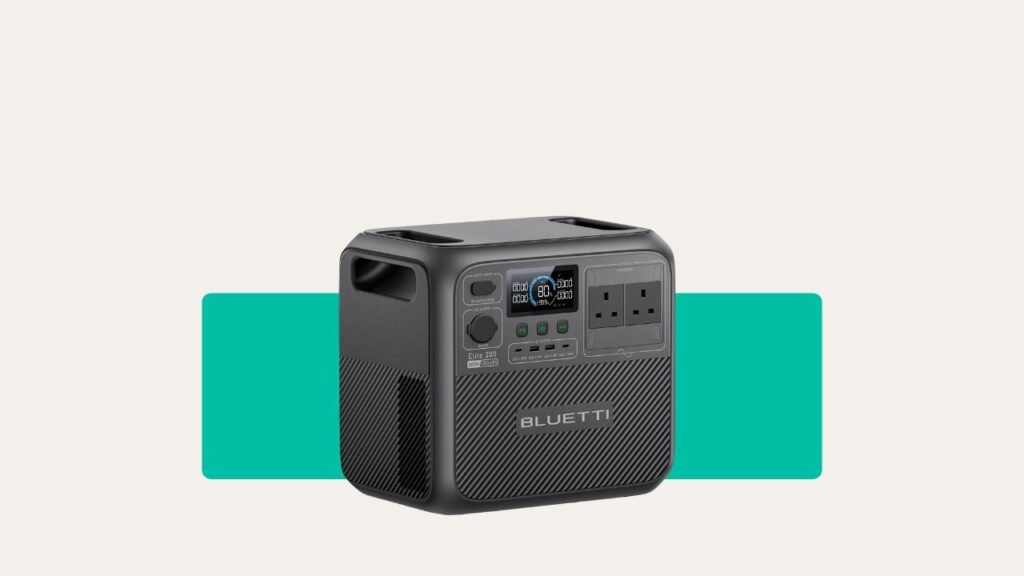
Specifications:
- Battery Capacity: 2074Wh
- Output Power: 2600W (3600W with Power Lifting)
- Battery Type: Automotive-grade LiFePO₄
- Weight: 24kg
- Size: Compact design for small vans
- AC Outlets: 2 UK sockets
- USB Ports: 2 x USB-C (100W), 2 x USB-A
- Recharging Time: 0–100% in 1hr 10min (Turbo Mode)
- Solar Input: 1000W (XT60)
- Other: UPS mode, Bluetooth/Wi-Fi app control
The Bluetti Elite V2 is like the Swiss Army knife of power stations. It’s smart, powerful, and built for serious campers who don’t want to mess about. I’ve seen this thing run kettles, hair dryers, fridges – you name it. With a hefty 2600W inverter and ultra-reliable battery cells, it’s one of the best power packs on the market for vanlifers or anyone camping for more than just a night.
Despite the 24kg weight, the Elite’s compact design means it fits neatly into tight camper setups. And the performance is off the charts – 96% inverter efficiency, super-fast charging, and an app that’s genuinely useful (not just a gimmick). The Power Lifting Mode is a genius touch too. T lets you run high-resistance appliances like kettles that usually trip other stations.
No wireless charging or battery expansion, and it only has two AC outlets, but that’s a design trade-off to keep it small. If you’re after something reliable, efficient, and powerful enough to last all weekend (and then some), this is the one to beat.
Pros
- High 2.6kW power output – runs everything from laptops to kettles
- Long-lasting battery life (6000+ cycles)
- Fast charging with turbo mode
- Brilliant app for remote monitoring and control
- Near-silent operation
Cons
- Only two AC outlets
- Hefty weight, though compact form helps
3. EcoFlow Delta 3
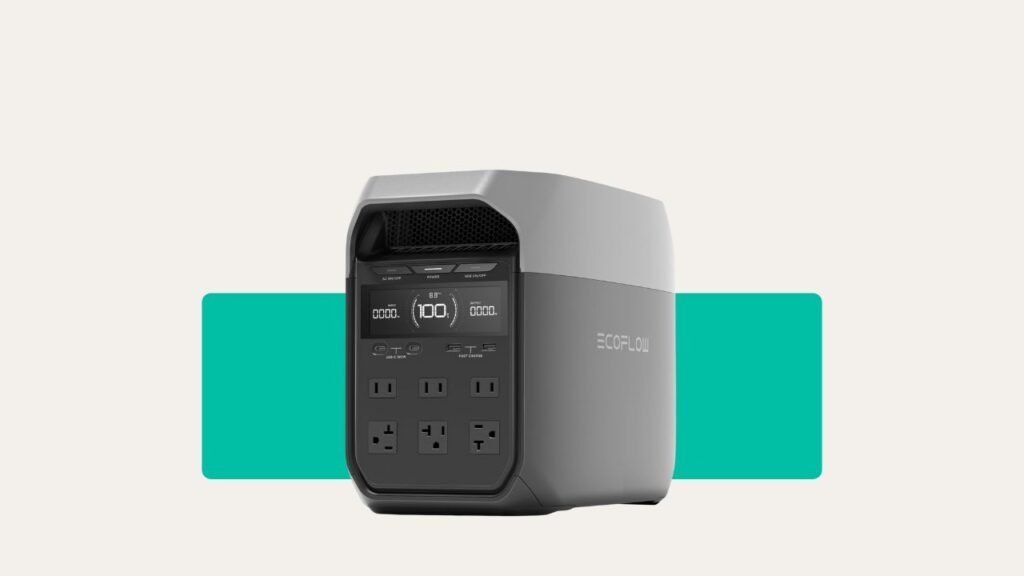
Specifications:
- Battery Capacity: 1024Wh (expandable to 5kWh)
- Output Power: 1800W (3600W surge, 2400W X-Boost)
- Battery Type: LiFePO₄
- Weight: 12.5kg
- Size: 39.8 x 20 x 28.4 cm
- AC Outlets: 4 x 240V
- Charging Input: 1500W mains / Dual 500W solar
- Noise: ~30dB under 600W load
If I had to pick a power pack that does it all without making a fuss, it’d be the EcoFlow Delta 3. It’s compact, seriously clever, and quietly powerful. At 1800W output, this thing can run most campsite appliances, including toasters and kettles, without breaking a sweat. It even supports short power surges up to 3600W, thanks to EcoFlow’s clever X-Boost feature.
The upgraded design is super slick, and more importantly, quiet. That annoying fan noise from the Delta 2? Gone. Now you get silent power at just 30dB, so you won’t disturb the peace when everyone’s winding down.
You get four AC sockets (yes, four!), plus a buffet of USB ports and 12V options. And recharging? Ridiculously fast. Plug it into the mains, and it’s 0–100% in under an hour. That’s faster than most people can pack up a tent.
Also worth noting: It’s solar-ready, plays nicely with expansion batteries, and has one of the clearest, most helpful displays I’ve seen on a power station. Honestly, there’s very little to complain about here.
Pros
- Super fast charging (under 1 hour)
- Expandable battery for longer trips
- Whisper quiet fan system
- Great display and interface
- X-Boost lets you run high-draw appliances
Cons
- 4 full UK AC sockets
- Hard to fault – it’s that good
4. Goal Zero Yeti 700

Specifications:
- Battery Capacity: 677Wh
- Output Power: Up to 600W
- Battery Type: LiFePO₄
- Weight: Mid-range (exact spec varies)
- Special Features: Fold-down handle, weatherproof port covers, efficient output
Sometimes, it’s not about raw power but about dependability. And the Yeti 700 is a proper workhorse. I’ve camped through some gnarly British weather with this unit, including a gale on Exmoor, and it didn’t flinch. No water leaks, no short circuits. The sealed ports and rugged build give you confidence, even when the skies open.
Its 677Wh capacity might not sound massive, but what you actually get is close to 70% usable power – better than many others in its class. And with a decent display that shows battery status and output in real time, there are no nasty surprises at bedtime.
You won’t be boiling kettles or running hair dryers here, but for solo or couple campers, it’ll happily keep your lights, phone, GPS, and camera batteries going all weekend. It’s not the flashiest, but it’s reliable, and that matters more when you’re up against British drizzle and mud.
Pros
- Weatherproof and rugged, ideal for tough conditions
- Fold-down handle is super practical
- Realistic usable capacity
- Great for small-to-medium camping setups
Cons
- Limited power output
- No high-capacity version (yet)
- Power button can be fiddly
5. Jackery 1000 Plus
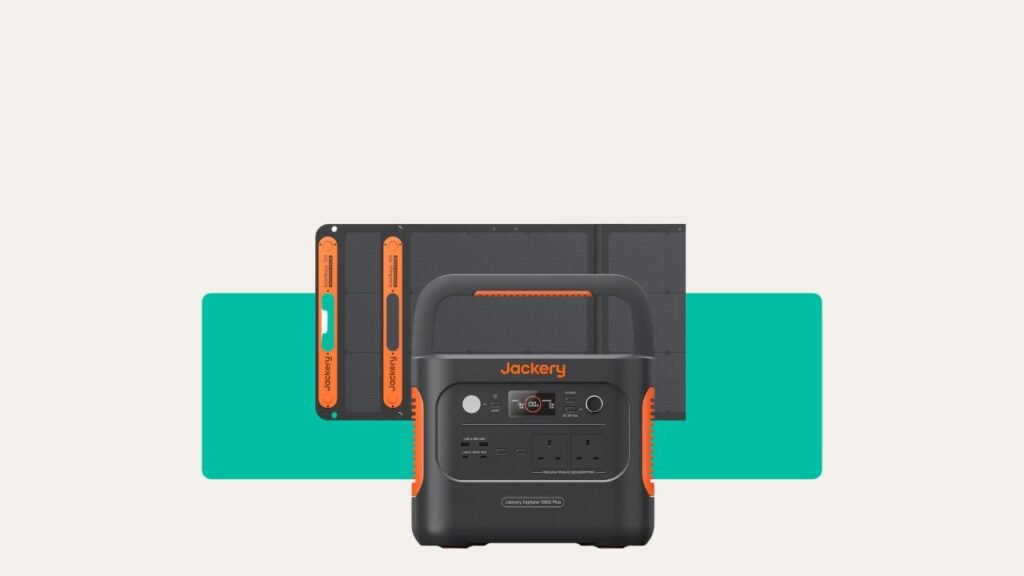
Specifications:
- Battery Capacity: 1264Wh
- Output Power: 2000W (4000W surge)
- Battery Type: LiFePO₄ (4000 cycles)
- Weight: 14.5kg
- Size: 35.6 x 26 x 28.3 cm
- AC Outlets: 2 x 240V
- Charging Input: 2.4kW mains / 800W solar
- USB Ports: 2 x 100W USB-C, 2 x 18W USB-A
The Jackery 1000 Plus is exactly what you want when rugged simplicity meets serious power. It’s the sweet spot in the Jackery Plus range, offering more than enough juice for most camping setups – yet still compact and easy to manage.
You get a hefty 2kW output, which means you can run real household items like a kettle or induction hob without watching the lights dim. And yes, that 4000W surge capacity means it’ll even handle the initial jolt when something big kicks in.
Solar charging is very much on the menu here. Pair it with four of Jackery’s 200W SolarSaga panels and you’re looking at a full charge in under three hours (on a sunny day, of course – we are in the UK). What I love is that you can use it while charging. I once had it running my coolbox and laptop all day in the van without dropping the charge meter at all.
It’s tough, intuitive, and expandable to 5kWh if you need it. Jackery might play it safe in some areas (just two AC ports), but their gear is solid, and this pack’s a proper all-rounder.
Pros
- 2000W output with 4000W surge – seriously powerful
- Sturdy and built to last
- Solar, car, and AC charging supported
- USB-C ports are high wattage
- Expandable battery capacity
Cons
- Only two AC outlets
- Jackery's solar panels can be pricey
Key Things to Check When Choosing a Camping Power Pack
Battery Capacity (Wh)
This tells you how long the thing will last. More is better – until you can’t lift it. A 500–1200Wh station suits most car campers; 10–30,000mAh (30Wh) is fine for phones and lights on a short trip. If you want your fridge cold and the kettle humming, get something bigger.
Battery Type
LiFePO4 (lithium iron phosphate) batteries are king. They’re safer, tougher, and last much longer – up to 4000 charges. Avoid older tech unless you only need lightweight and don’t mind replacing after a couple of years.
Power Output and Sockets
Think about what you’ll plug in. Phone banks just need USBs (C is faster), while power stations need proper UK AC sockets. Look for at least two if you’re sharing, and enough wattage (ideally 500-1800W) for bigger kit.
Size and Weight
Be honest: are you walking miles or driving to the pitch? Under 1kg for backpacking; up to 15kg for car or van. Bigger means more comfort—but only if you have room.
Weatherproofing
British rain is legendary. Get a unit with proper port covers and some resistance to splashes or muddy boots. The Yeti 700 is great here. Others need a dry-bag or makeshift shelter (I use an upturned tea tray in emergencies).
Charging Options
AC mains is fastest. Car charging is handy on road trips (just watch your car battery). Solar is brilliant for wild camping, but good panels are still an extra spend.
How to Get More from Your Camping Power Bank?
Charge Everything Before You Leave
Seems obvious, but I’ve seen more miserable faces at the car park plug socket than anywhere else. Charge at home while packing.
Switch Off What You Don’t Need
Turn off the AC sockets or high-drain ports when not in use. Many packs still draw power with nothing plugged in.
Keep Gear Dry and Cool
Moisture kills batteries quickly. A dry-bag, plastic box or that upended tray trick works a treat.
Solar Charging? Start Early
Solar panels aren’t magic in Britain, especially in November. Start charging as soon as there’s sunlight, even if it’s just for a top-up.
Know Your Priorities
If you’re running short, skip the gadgets and keep the torch, phone, and emergency kit topped up. Luxuries can wait.
I once helped a neighbour at a midge-packed Loch Lomond site who’d drained their whole station on a heated blanket overnight. No charge left for torches or calls. Prioritise what matters – power rationing counts when you’re stuck in the wild.
Conclusion: Pick the Right Camping Power Pack for Your UK Trip
Don’t buy the biggest pack on the internet unless you’ve got a trolley to bring it to the tent. Think about your trip style, must-have gear, group size, and the inevitable wet British weather. If you’re a car camper with a fridge and kids, get the AllPowers R1500 or EcoFlow Delta.
For solo wild campers or quick getaways, lighter options to save grams and headaches. My biggest tip? Choose more power than you think you need. Campsites are forgiving – wild UK weather often isn’t.
If you want more tips on off-grid camping, wet weather, or reliable kit, check out our camping guides for the nitty-gritty and product updates. Don’t let dead batteries ruin your campfire stories. Plan smart, pack right, and enjoy every minute outdoors.

